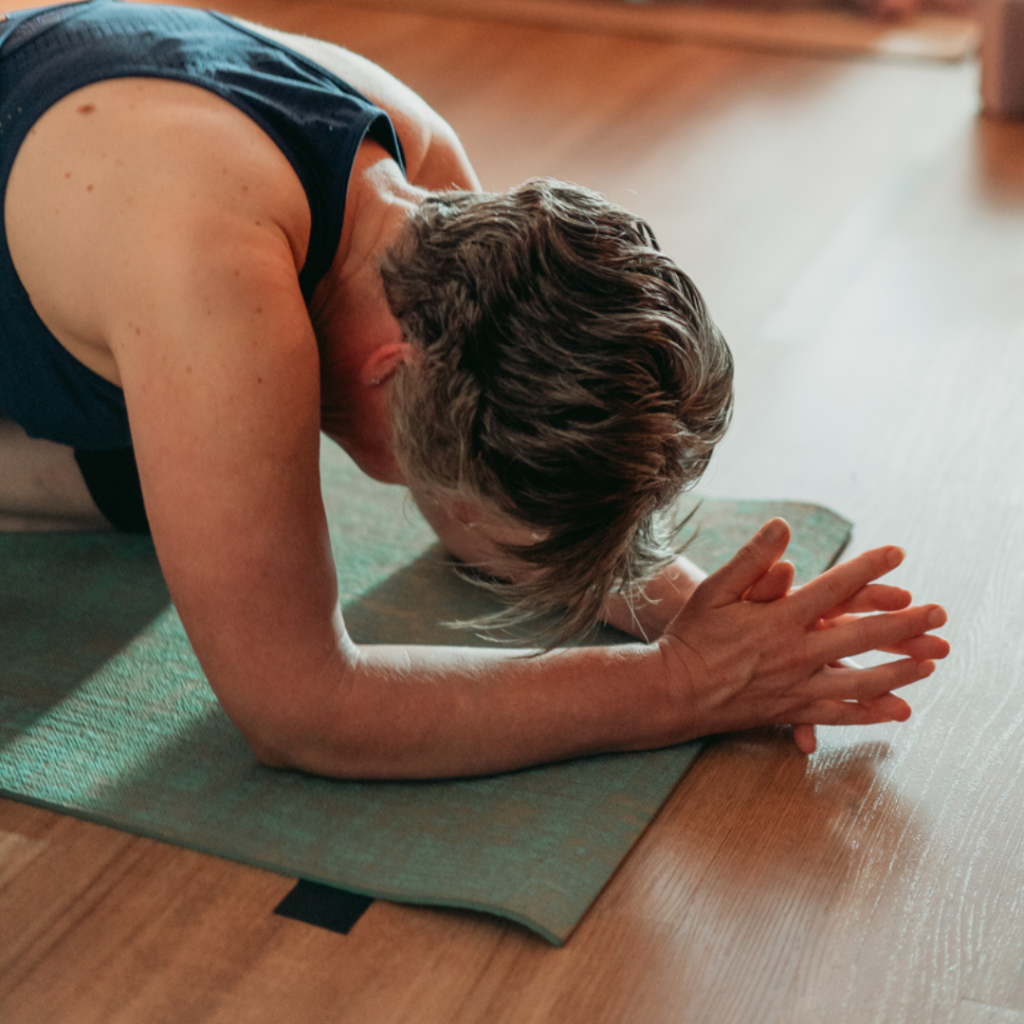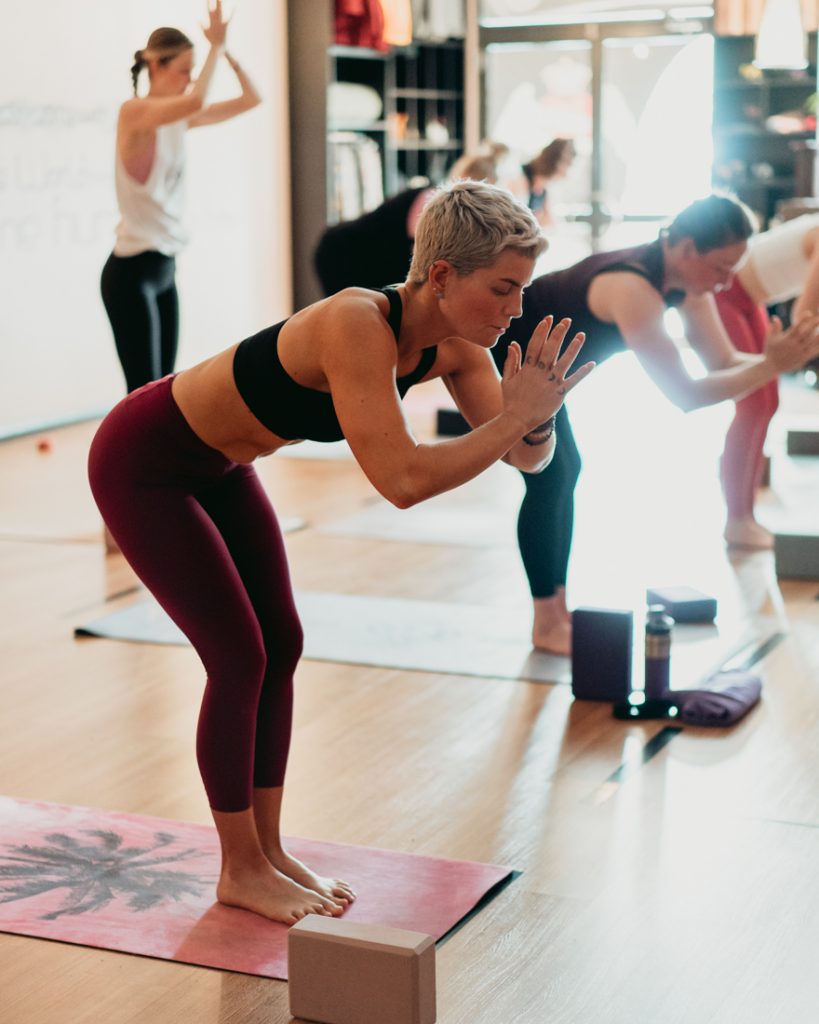Low Plank Pose on the forearms, known in Sanskrit as Makara Adho Mukha Svanasana, is a powerful yet often overlooked posture that builds serious strength from the inside out. This pose challenges the body to stabilize itself using the deep core muscles, shoulders, legs, and back, all while cultivating endurance and mental focus. Though it may appear simple on the surface, Low Plank Pose offers a wealth of benefits for both beginners and seasoned practitioners.
The Foundation of Low Plank Pose
Makara Adho Mukha Svanasana translates to Crocodile Downward Facing Dog Pose, but most know it as Forearm Plank or Low Plank. In this pose, the forearms are placed firmly on the ground, shoulders stacked over elbows, and the body held in a strong, straight line from head to heels. Unlike standard plank on the hands, the lowered position intensifies the work in the core, while offering more support for the wrists.
Key Benefits of Low Plank Pose
1. Deep Core Activation:
This pose requires the engagement of not only the rectus abdominis (six-pack muscles) but also the deeper transverse abdominis, obliques, and stabilizers, supporting a strong, functional core.
2. Shoulder and Back Strength:
Low Plank builds endurance in the shoulders, upper back, and scapular stabilizers, helping improve posture and support for daily movements.
3. Whole-Body Engagement:
The legs, glutes, and even the feet are active in this pose, making it an excellent full-body strength builder.
4. Mental Fortitude and Focus:
Holding Low Plank requires presence, breath control, and the ability to stay with discomfort—qualities that translate into greater resilience off the mat.
How to Practice Low Plank (Makara Adho Mukha Svanasana)
- Begin on hands and knees, lowering down to your forearms. Ensure your elbows are directly under your shoulders, with forearms parallel or palms together.
- Extend your legs back, tucking the toes and lifting the knees off the mat to create a straight line from head to heels.
- Engage the core by drawing the navel toward the spine without arching or sagging the back.
- Press firmly through the forearms, keeping the shoulders away from the ears and the gaze slightly forward or down.
- Activate the legs and glutes, pressing back through the heels and keeping the inner thighs engaged.
- Hold for 30 seconds to 1 minute, focusing on steady breath and maintaining alignment.
- To release, gently lower the knees and come into Child’s Pose for a counter stretch.
Modifications and Tips
- For beginners, start with the knees on the ground while maintaining the same alignment through the torso.
- Use a block between the thighs to ensure the legs stay active and engaged.
- Stay mindful of the lower back; if you feel any strain, adjust your alignment or modify with knees down.
When to Use Low Plank in Your Practice
Low Plank is ideal as a strength-building pose in any yoga sequence, core-focused routines, or as part of warm-up flows. It pairs well with Side Plank, Dolphin Pose, or as a transition into Vinyasa sequences to build heat and stability.
Conclusion
Makara Adho Mukha Svanasana is a foundational pose that teaches patience, builds functional strength, and promotes resilience. Its simplicity is its power—inviting you to slow down, feel deeply into your body, and build from the ground up. Whether you’re aiming to support your yoga practice or strengthen your core for everyday life, Low Plank Pose is a must-have in your movement toolkit.


